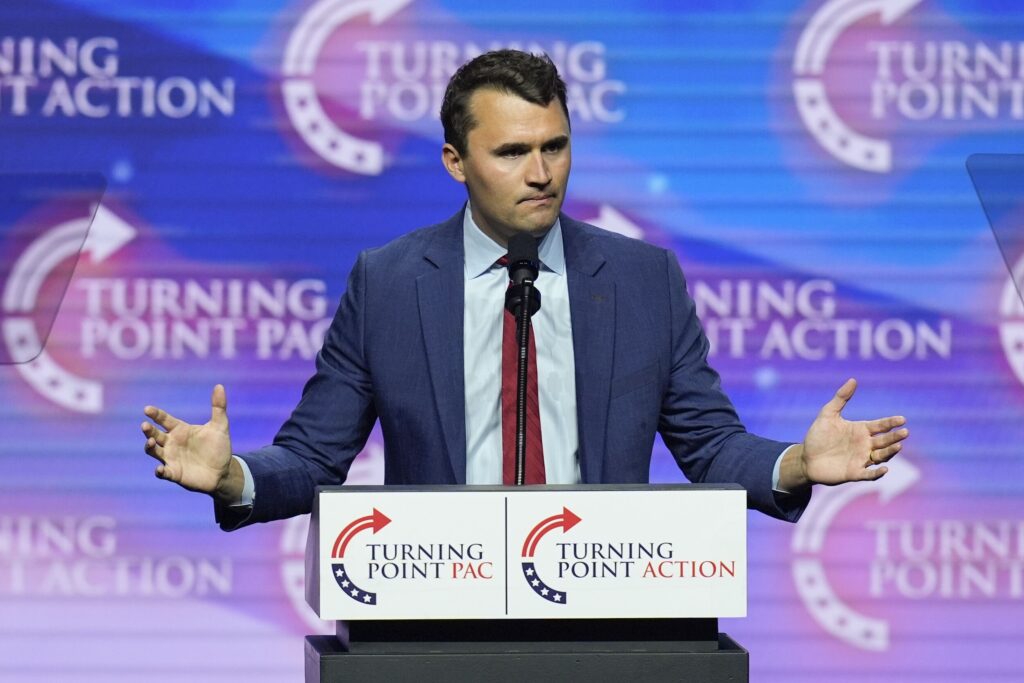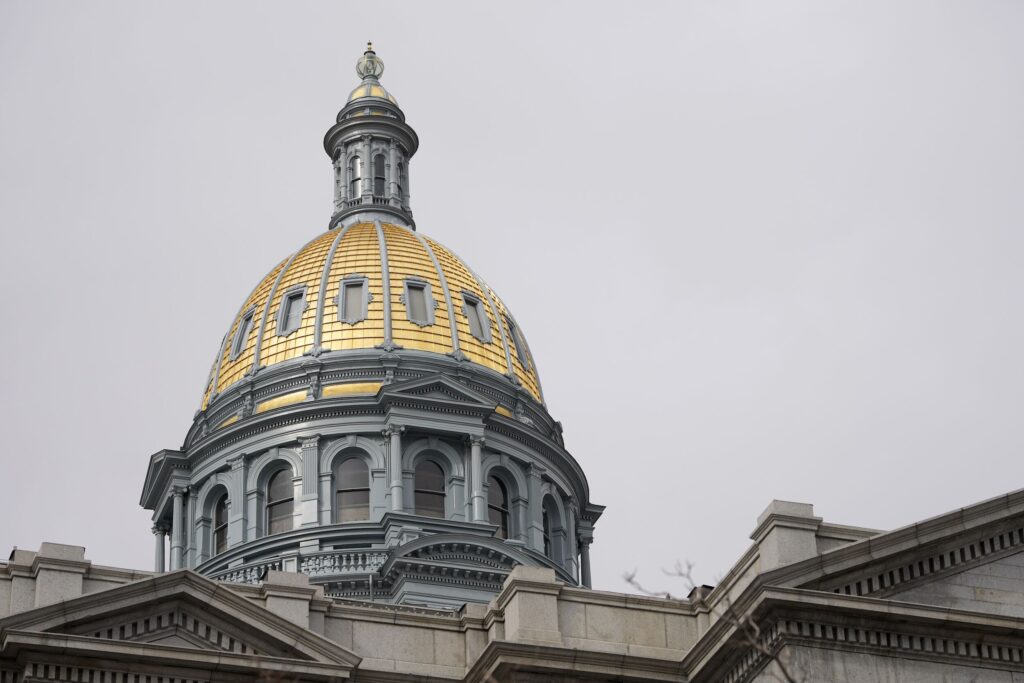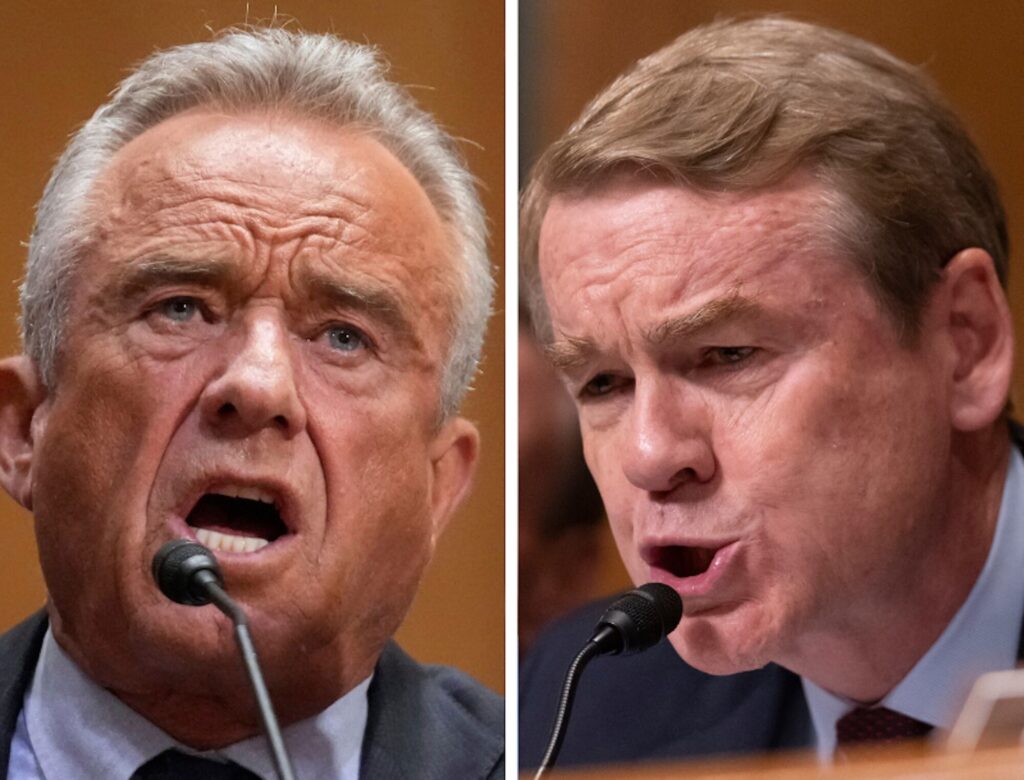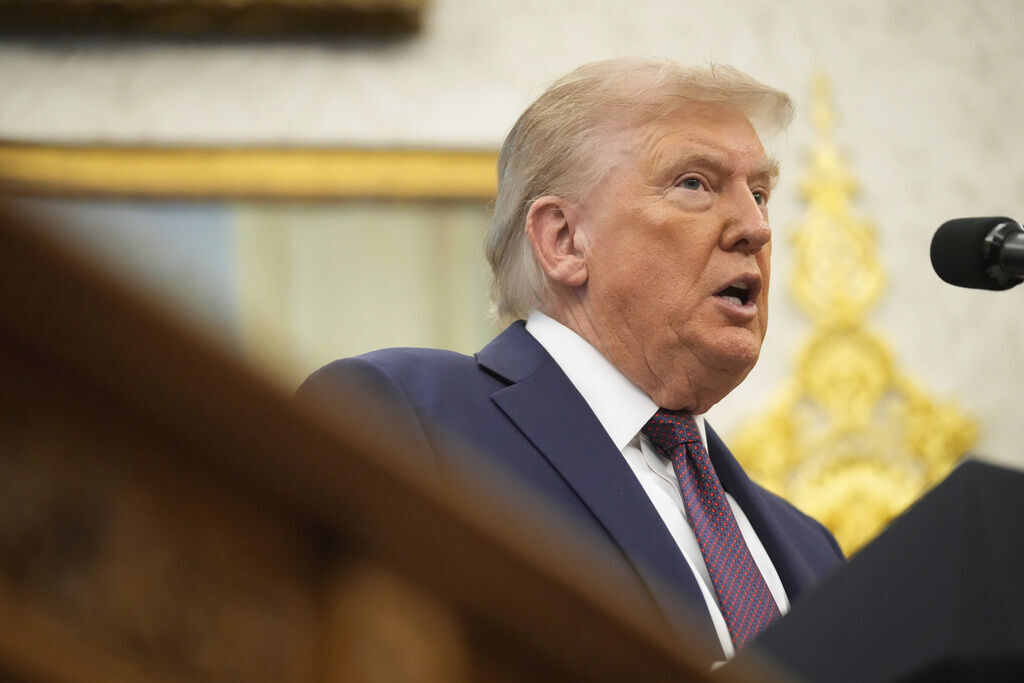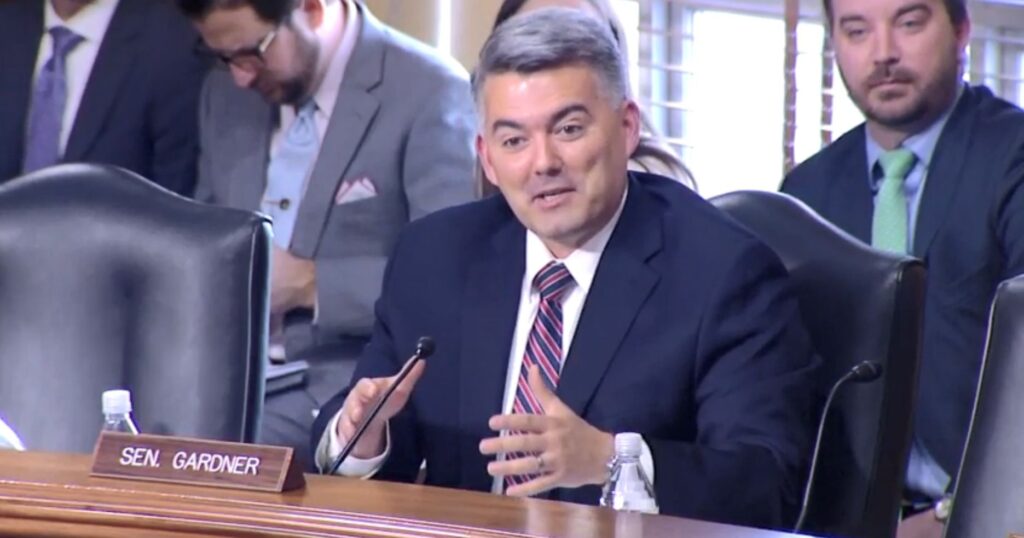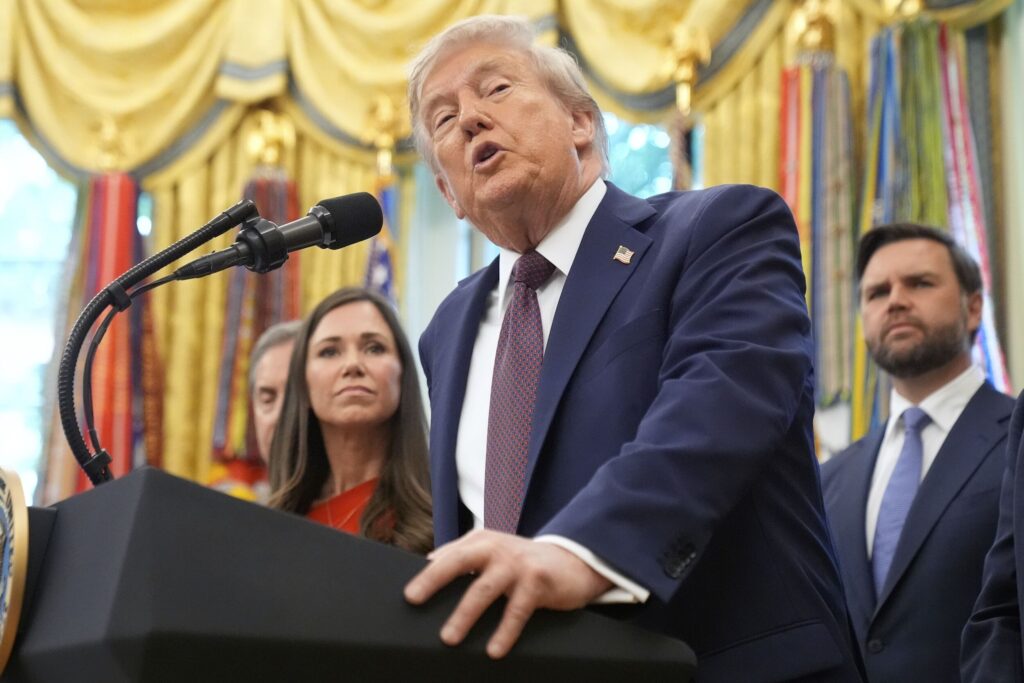Colorado kept paying for thousands of dead people on Medicaid rolls, audit says
Thousands of deceased Coloradans stayed on the state’s Medicaid rolls, as the state continued paying managed care organizations to cover them, a lapse federal investigators flagged as wasteful in a recent audit.
Colorado made an estimated $7.3 million in capitation payments between 2018 and 2020, according to the U.S. Department of Health and Human Services Office of Inspector General (OIG). The payments continued for some Coloradans months after their deaths because of outdated reporting and system delays, state officials said.
Simply stated, capitation payments are fixed monthly fees paid to managed care organizations for each Medicaid enrollee.
“We know that there is fraud, waste, and abuse in the system that we have to be able to find so that we can actually save Medicaid for the vulnerable populations who need it most,” U.S. Rep. Gabe Evans, a Commerce City Republican, said in a statement to The Denver Gazette.
Released in February, the Colorado audit is one in a series examining the fees states paid on behalf of deceased enrollees to managed care organizations, often large networks, that administer Medicaid coverage under contract with the state.
State officials noted that the audit examined a period before Colorado’s Medicaid department had upgraded its systems to stop and recover payments automatically.
“Those improvements have made the process faster, but earlier cases took longer to resolve,” said Marc Williams, a spokesperson for the Colorado Department of Health Policy and Financing.
Colorado has since recouped $2.34 million in these payments, Williams said, noting the state recovers — on average — about 1,000 capitation payments totaling $500,000 annually for deceased Medicaid members.
“These improvements have significantly strengthened our ability to identify and recoup improper payments more efficiently,” Williams said.
This is not just a problem for Colorado.
Previous audits have found other state agencies had also paid these payments for deceased enrollees.
In at least 14 state audits, the OIG identified that, in the decade between 2009 and 2019, more than $249 million — $172 million in federal share — was spent on unallowable Medicaid fees on behalf of dead Medicaid enrollees.
The reason varies.
The multiple OIG audits said states failed to catch in time that a Medicaid enrollee had died because of a combination of bureaucratic, technical, and communication missteps.
Medicaid is the government’s health insurance program, which provides a safety net for low-income Americans, including pregnant women, seniors, and people with disabilities.
The program is jointly administered by the federal government and states with federal funding accounting for roughly two-thirds of state Medicaid programs.
Medicaid covers one in five Americans, costing the federal government $618 billion last year, according to the nonpartisan Congressional Budget Office.
Delanie Bomar, Evans’ deputy chief of staff, said the representative has called on the state to “clean up their act.”
“That’s millions of dollars that can and should be going to taxpayers,” Bomar said.
Lawmakers on both sides of the aisle have called for stronger safeguards and real-time death reporting, noting in a 2012 report that, given the program’s enormous size and complexity, “Medicaid is susceptible to substantial amounts of waste, fraud, abuse, and mismanagement.”
Although specific Medicaid reductions have not been detailed, Republicans argue that reforms are needed to address rising costs and ensure long-term program sustainability.
The debate over potential cuts to Medicaid is occurring amid the backdrop of the federal government running some $36 trillion in debt and a $1.8 trillion deficit last year. The Trump administration is seeking to shrink what it described as a federal government that is too bloated and too much money being lost to waste and fraud.
Last week, the U.S. House passed a budget plan that outlines the groundwork for extending Trump’s 2017 tax cuts, overcoming opposition from some Republicans who worried that it does not cut spending sufficiently.
The budget blueprint includes few details, and Republicans need to fashion their tax cuts over the coming months. The bill seeks to accomplish other parts of the Trump agenda, including tightening border security and seeking to boost U.S. energy production.
It cuts taxes by about $5 trillion and adds approximately $5.7 trillion to the federal government’s debt over the next decade.
Some Republican senators have said they worry about cuts to Medicaid.
Meanwhile, House Speaker Mike Johnson is pushing for work requirements for able-bodied young men who “play video games all day,“ adding the rest of the cuts would come from a clearing away of waste, fraud, and abuse in the system.
Reuters contributed to this article.



